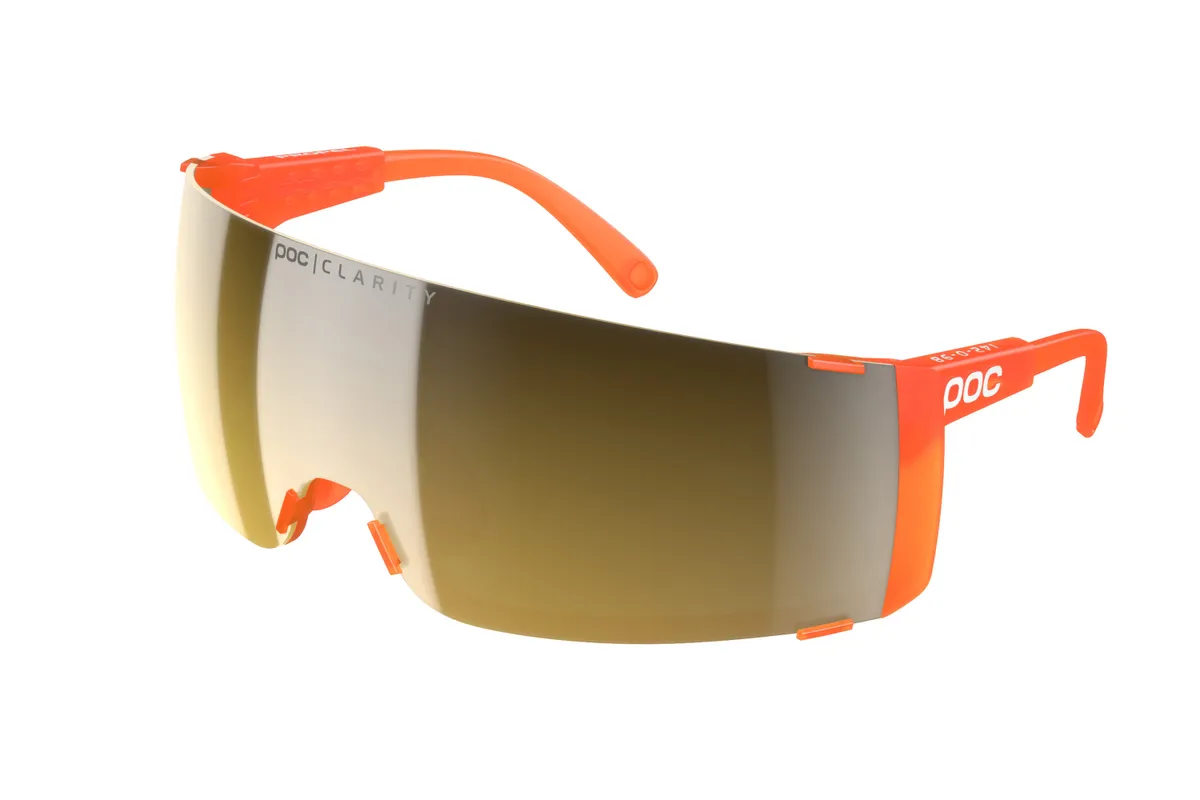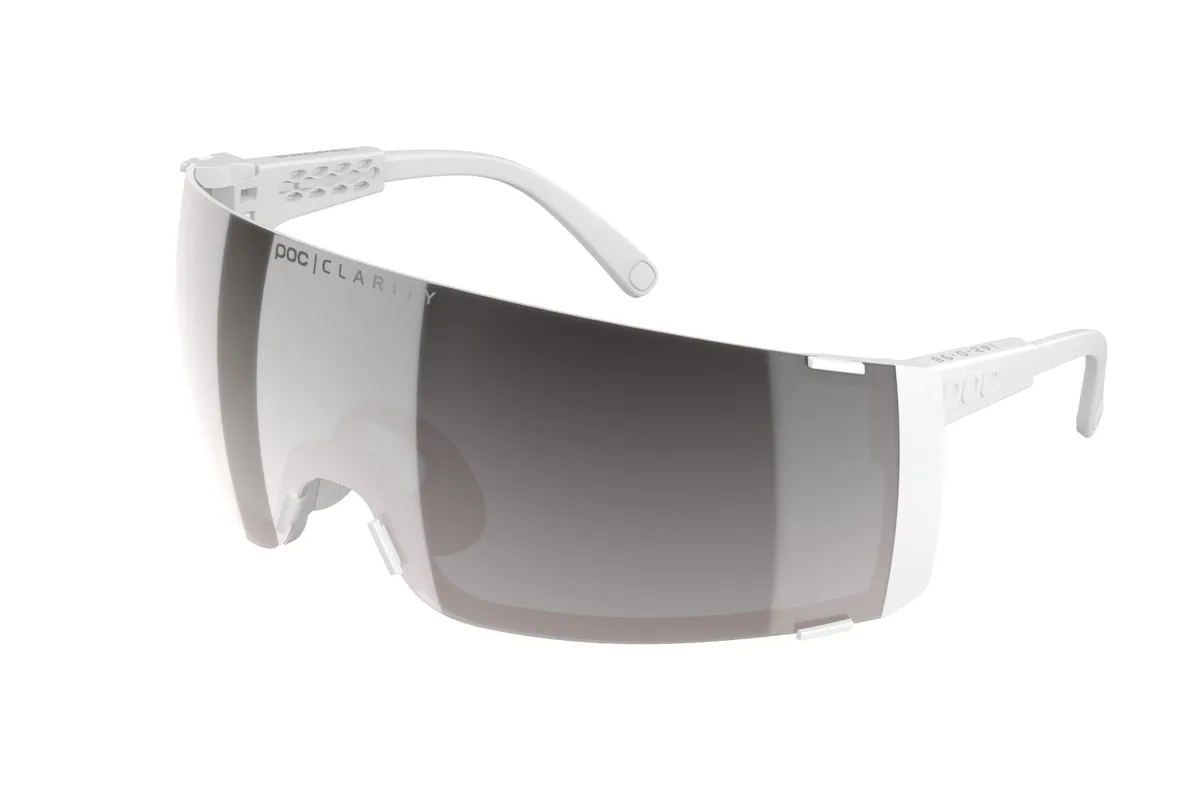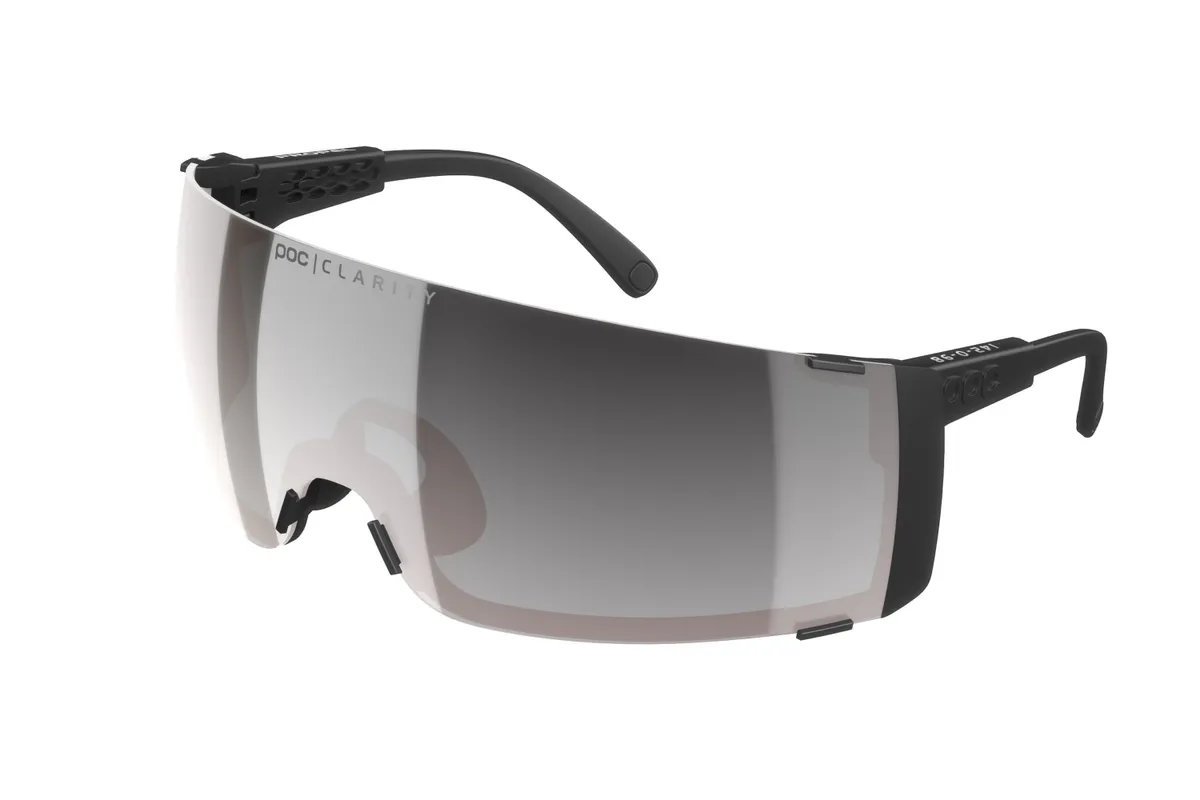POC has launched the Propel cycling sunglasses, which are claimed to be “the most aerodynamic cycling sunglasses POC has ever produced”.
According to the Swedish brand, the Propel sunglasses use a wrap-around lens and 'side fairings' to help guide the airflow over the rider's shoulders more smoothly.
Riders from POC’s sponsored WorldTour team, EF Education–EasyPost, have been wearing the Propel sunglasses at this year’s season opener, the 2023 Tour Down Under.
CFD developed sunglasses
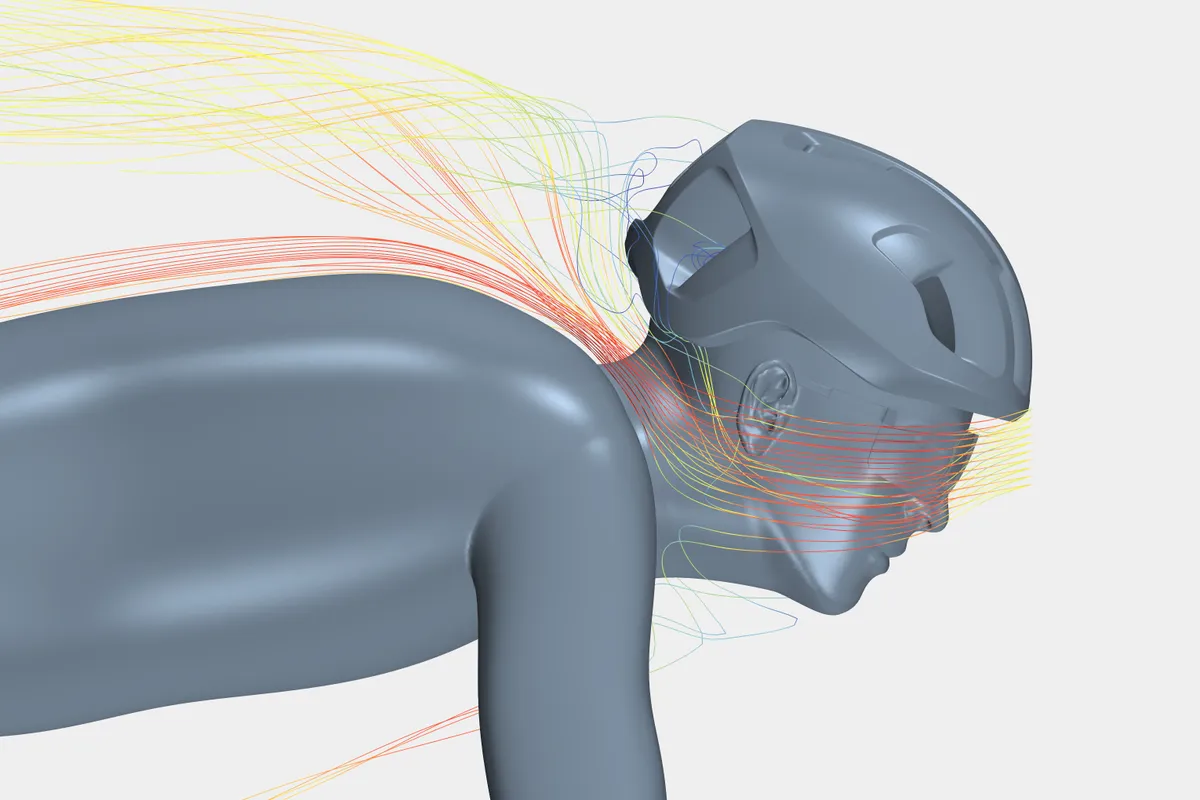
The Propel sunglasses were designed using Computational Fluid Dynamics (CFD) testing.
POC says it modelled a rider’s body, crouched in an ‘aero hoods’ riding position, with its Ventral aero road helmet.
It then tested various different models of its own sunglasses, such as the POC Do Blade, Do Half and Aim, with the Propel emerging consistently more aerodynamically efficient.
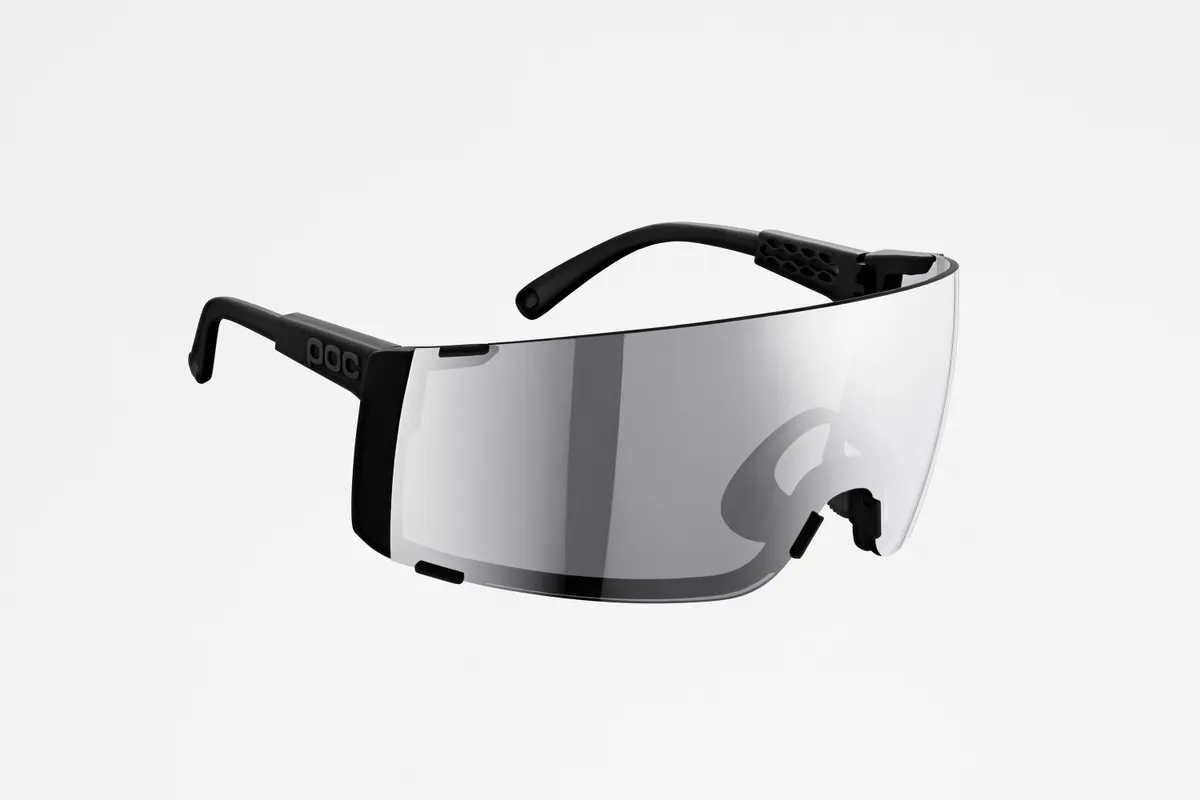
POC says it has not modelled sunglasses from other popular brands, such as Oakley, however.
According to POC, using CFD to model the rider’s body was crucial to realising an aero gain, because the improvement is found in how the Propel sunglasses help to manage the airflow over the rider’s body.
This way of improving a rider’s aerodynamics is a tech trend we’re expecting to see a lot more of this year.
How many watts do the POC Propel Sunglasses save?
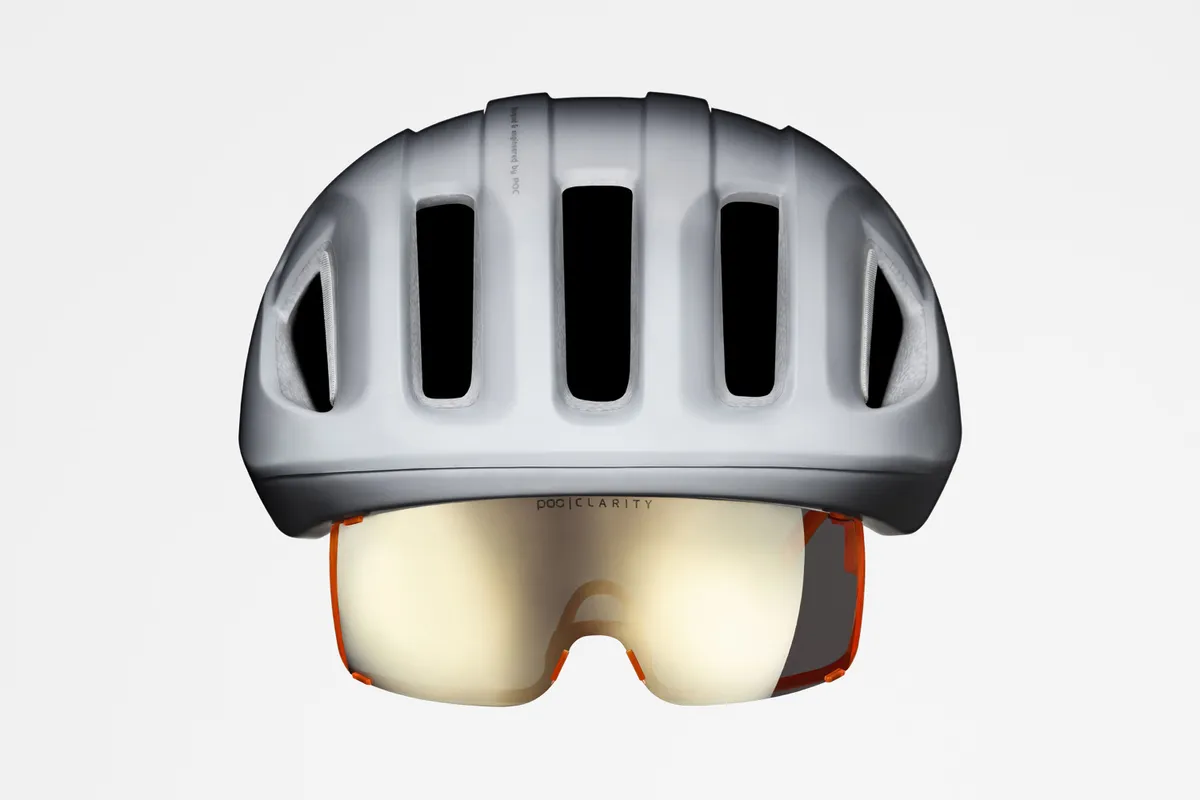
When asked to put a figure on the kind of gain a rider could expect from the Propel sunglasses, POC said “we are seeing watt savings, typically in low single figures when riding at 40kph.”
The brand said it couldn’t be more precise than this because every rider has a different position on the bike, and rides at different speeds. Because of this, the exact gain would vary depending on the rider.
As for why it used CFD modelling, as opposed to aerodynamic testing performed at a track or wind tunnel, POC said “CFD is more precise”.
It also said it would have been near-impossible to achieve the level of detail required to optimise something as small as a pair of sunglasses, using wind tunnel or real-world aero testing alone.
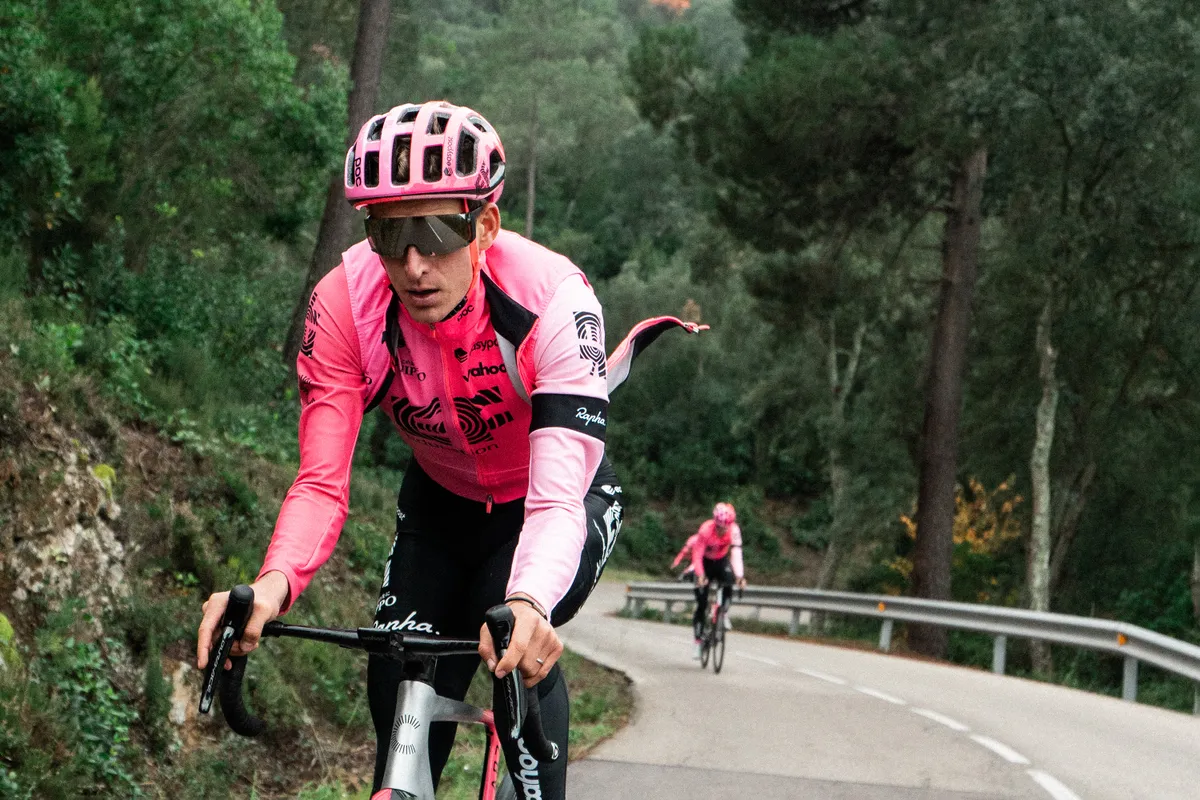
POC nevertheless says it expects the gains found in CFD to translate into the real world.
It said it has been using CFD for many years, to design helmets such as the Ventral, Tempor and Cerebel, and the results are said to be consistent with gains seen in the real world.
POC Propel sunglasses pricing, specification and colours
Priced at £230 / €249 / $250 / AU$360, the POC Propel sunglasses are relatively costly, even compared to some of the best cycling sunglasses, but then not many of those claim to offer an aerodynamic advantage.
The frames are constructed from bio-grilamid (a plant-based polymer), and are available in six colours.
The sunglasses feature a wrap-around Clarity lens, which is available in eight different tints, for a broad and unrestricted field of view.
Each set of sunglasses includes a spare clear lens as standard.
